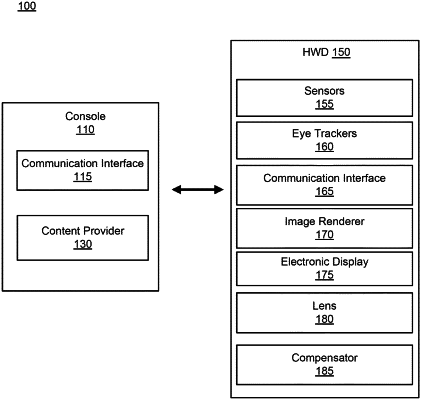| CPC H04L 67/131 (2022.05) [H04L 41/5003 (2013.01); H04W 28/0215 (2013.01); H04W 72/0446 (2013.01); H04W 72/51 (2023.01); H04W 72/54 (2023.01); H04W 74/0816 (2013.01); H04W 74/0825 (2013.01)] | 20 Claims |

|
1. A first device comprising:
a transceiver configured to communicate with a second device via a wireless link; and
one or more processors configured to:
determine a type of content to be transferred between the first device and the second device through the wireless link,
determine a channel condition of the wireless link, and
generate one or more parameters for the first device to access the wireless link, according to i) the determined channel condition of the wireless link and ii) the type of content to be transferred between the first device and the second device through the wireless link being an artificial reality content.
|